Found a total of 10000 related content

Twig - the Most Popular Stand-Alone PHP Template Engine
Article Introduction:Twig: A popular PHP template engine
Twig is a popular PHP template engine developed by Sensio Labs, which simplifies PHP code and adds features such as security and debugging. Twig acts on both frontend and backend of the project, and can be viewed from two perspectives: Twig for template designers and Twig for developers. Twig uses a core object called Environment to store configurations, extensions, and load templates from a file system or other locations. Twig supports nested templates (blocks), avoiding duplication of elements in templates, and can cache compiled templates to speed up subsequent requests. Twig supports conditional statements, loops and filters to control the display of information in templates.
2025-02-09
comment 0
1268
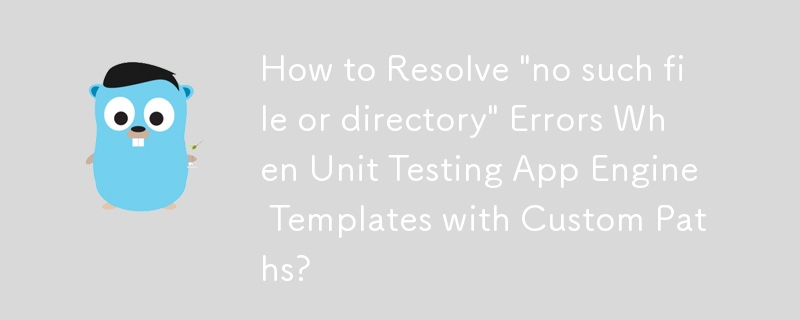
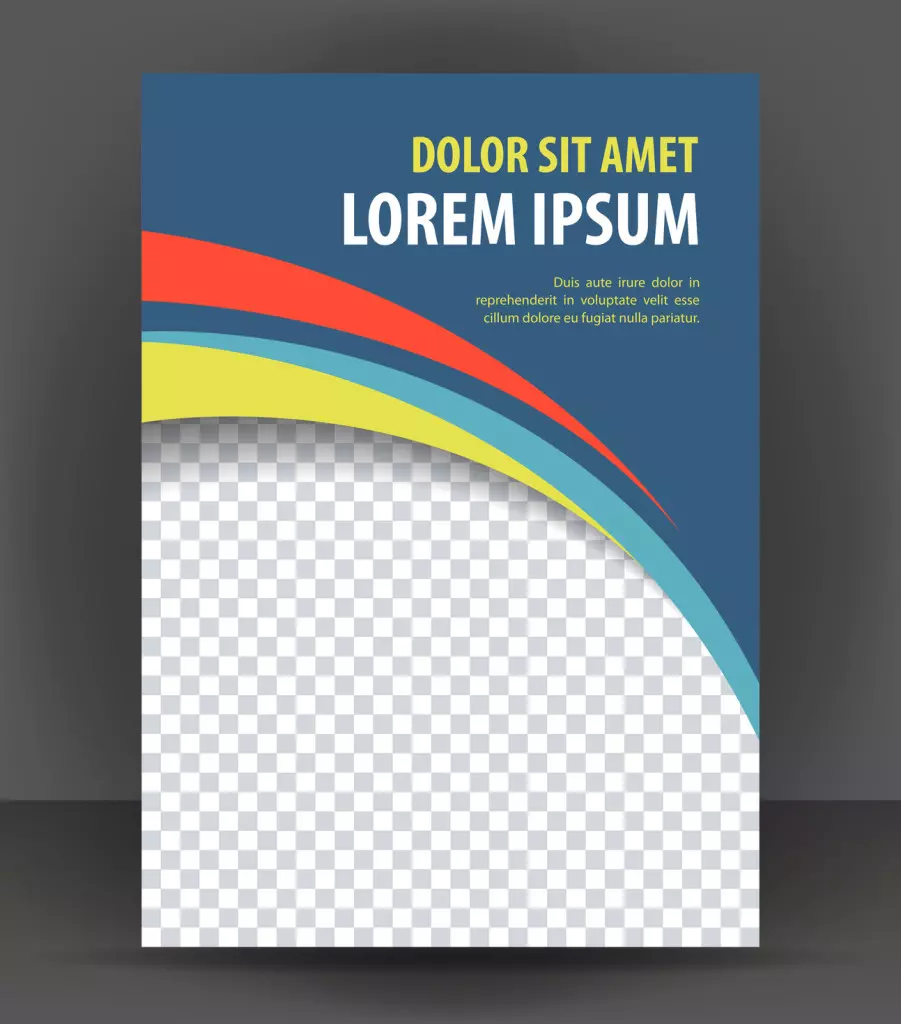
Transphporm - a Different Kind of Template Engine
Article Introduction:Transphporm: A Novel PHP Template Engine Using CSS-like Syntax
Transphporm distinguishes itself as a unique PHP template engine employing a CSS-like syntax for data transformation, eliminating the need for specialized template languages. This approa
2025-02-16
comment 0
453

Can Laravel\'s Blade Template Engine Handle Compilation from Strings?
Article Introduction:Extending Laravel's Blade template engine to compile templates from strings, providing flexibility in dynamic template generation and rendering. A custom BladeCompiler with a compileWiths() method is implemented, allowing blade templates to be compil
2024-10-22
comment 0
398

Laravel: Key Features and Advantages Explained
Article Introduction:Laravel is a PHP framework based on MVC architecture, with concise syntax, powerful command line tools, convenient data operation and flexible template engine. 1. Elegant syntax and easy-to-use API make development quick and easy to use. 2. Artisan command line tool simplifies code generation and database management. 3.EloquentORM makes data operation intuitive and simple. 4. The Blade template engine supports advanced view logic.
2025-04-19
comment 0
988

How to Add CDATA Sections to XML Files with SimpleXmlElement?
Article Introduction:This article provides a custom PHP class, SimpleXMLExtended, which extends the SimpleXMLElement class to add CDATA sections to XML files. It includes a specific example of how to use this class to insert CDATA into an XML document, resolving the issu
2024-10-23
comment 0
1034

Exploring the HTML `` and `` elements for web components.
Article Introduction:Define unrendered HTML templates, suitable for component reuse; reserve slots to implement content distribution. Content can be dynamically inserted by JS, but the resources will not be rendered initially or loaded; external incoming content is allowed to replace the default value, and named slots are supported. Both are commonly used in WebComponents, and are combined with CustomElements to create custom elements that can encapsulate structures and styles. Steps: Create a template → Define the class inheritance HTMLElement → attachshadowroot → Clone the template and add shadowDOM → Register custom elements.
2025-07-03
comment 0
986
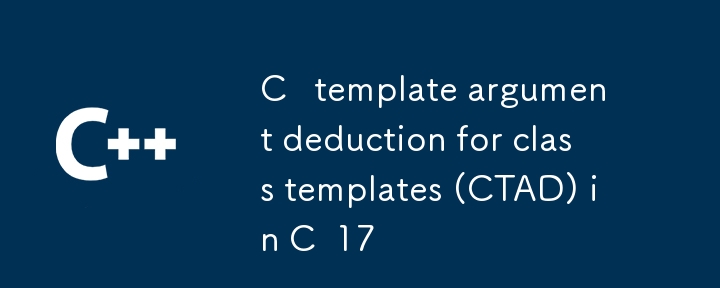
C template argument deduction for class templates (CTAD) in C 17
Article Introduction:CTAD is a feature introduced by C 17, which is used to automatically deduce template parameter types when creating class template instances, making the code more concise. 1. It deduces template parameters through constructor parameter types; 2. It supports custom classes, and if necessary, it can control the derivation rules through deductionguide; 3. There are restrictions, such as they are not applicable to partial specialization, derivation may not be intuitive, and are affected by implicit conversions, etc.
2025-07-06
comment 0
698
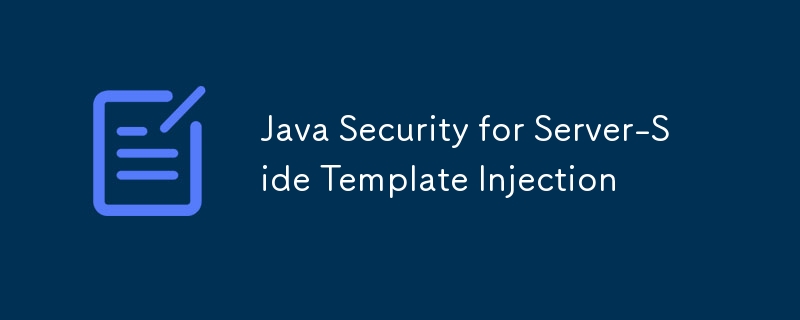
Java Security for Server-Side Template Injection
Article Introduction:Preventing server-side template injection (SSTI) requires four aspects: 1. Use security configurations, such as disabling method calls and restricting class loading; 2. Avoid user input as template content, only variable replacement and strictly verify input; 3. Adopt sandbox environments, such as Pebble, Mustache or isolating rendering context; 4. Regularly update the dependent version and review the code logic to ensure that the template engine is configured reasonably and prevent the system from being attacked due to user-controllable templates.
2025-07-16
comment 0
737
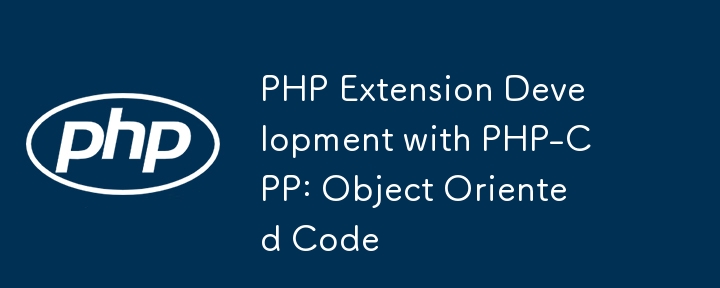
PHP Extension Development with PHP-CPP: Object Oriented Code
Article Introduction:This article continues the exploration of building PHP extensions using PHP-CPP, focusing on object-oriented features. We'll create a Complex number class to illustrate the library's capabilities.
To begin, we'll adapt the PHP-CPP project template.
2025-02-21
comment 0
380

Creating custom elements with HTML5 and Web Components
Article Introduction:To create a custom element, you need to define the class and register the tag name. 1. Define the class to inherit HTMLElement and build internal structures using ShadowDOM; 2. Register elements through customElements.define(); 3. Use template tags to organize structures and styles, and reference templates in the class; 4. Use life cycle callbacks to connectedCallback, disconnectedCallback, adoptedCallback and attributeChangedCallback to manage element state and attribute monitoring. You need to define the observedAttributes static attribute to trigger attribute change
2025-07-06
comment 0
495
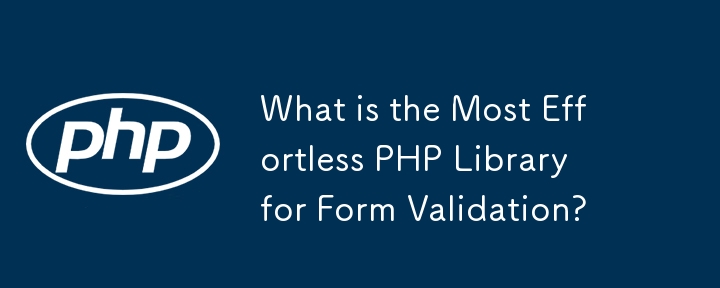
What is the Most Effortless PHP Library for Form Validation?
Article Introduction:Easiest Form Validation Library for PHPIn search of a straightforward PHP library that simplifies form validation tasks? Let's explore your options:Custom Library ExampleThe user suggests a custom PHP class that incorporates predefined regex patterns
2024-10-17
comment 0
995

Explain Laravel Blade Templating Engine.
Article Introduction:Blade is a template engine that comes with the Laravel framework, and its core lies in "inheritance" and "placeholding". 1.Blade defines placeholders through @yield, and subpages use @extends and @section to replace content blocks to achieve a unified page style. 2.Blade supports variable output ({{$variable}}), non-escaped output ({!!$html!!}) and control structure (@if, @foreach, etc.). 3.Blade allows the introduction of subviews (@include) and supports multi-layer template inheritance. 4. Starting from Laravel7, Blade introduces components and slot mechanisms, similar to the front-end framework, by using components and inserting custom content. 5
2025-07-16
comment 0
453
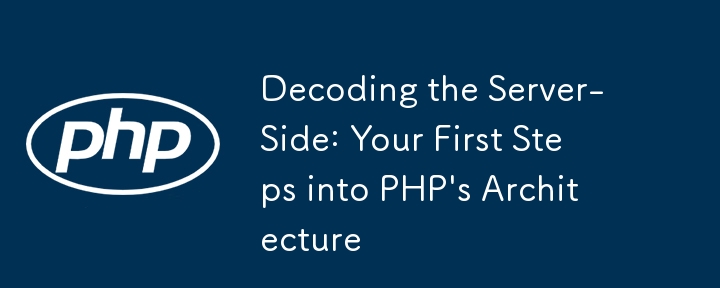
Decoding the Server-Side: Your First Steps into PHP's Architecture
Article Introduction:PHP runs on the server side. When the user requests the page, the server executes the code through the PHP engine and returns HTML to ensure that the PHP code is not seen by the front end. 1. Request processing: Use $_GET, $_POST, $_SESSION, $_SERVER to obtain data, and always verify and filter inputs to ensure security. 2. Separation of logic and display: Separate data processing from HTML output, use PHP files to process logic, and template files are responsible for displaying, improving maintainability. 3. Automatic loading and file structure: Configure PSR-4 automatic loading through Composer, such as "App\":"src/", to automatically introduce class files. Suggested projects
2025-07-27
comment 0
953

Python Metaclasses Deep Dive
Article Introduction:Metaclass is a "template" of a class, used to control how classes are created, suitable for scenarios where framework design or large number of custom class behaviors are performed. It customizes the generation logic of the class by inheriting the type and rewriting the new or init methods. Common uses include automatic registration of subclasses, unified interface constraints, dynamic modification of class attributes, realizing singleton mode and ORM framework design, etc. When using it, you need to pay attention to avoid abuse, high debugging complexity, unintuitive reading order, and compatibility issues. Simple needs can be replaced by decorators.
2025-07-18
comment 0
632
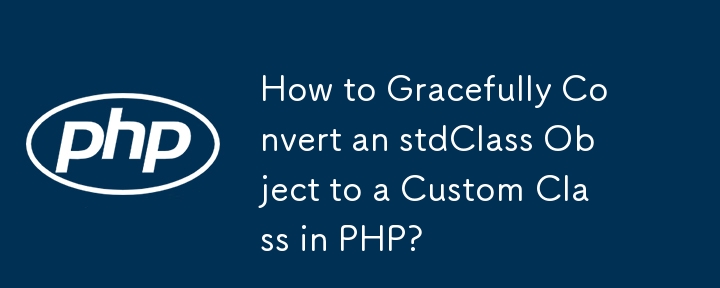
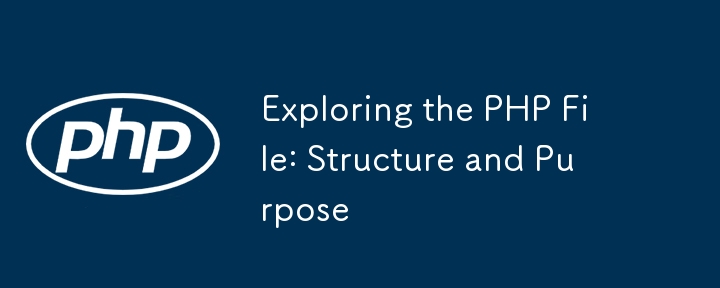
Exploring the PHP File: Structure and Purpose
Article Introduction:The core function of PHP files is to handle dynamic web content, combining server-side logic and front-end display. A typical structure includes four steps: introducing configuration files, starting a session, loading an autoloader, and routing and distribution. PHP allows to embed dynamic content in HTML, which is suitable for building template pages, but it is recommended to use the template engine to separate logic from views. In the file introduction method, require is used to ensure that the script terminates in errors, and include is used for optional modules; it is recommended to use the _once version uniformly to prevent duplicate loading. The code organization recommends a separate file for each class, and classifies functions into tool classes or services, and uses namespaces to improve readability and automatic loading efficiency.
2025-07-16
comment 0
514
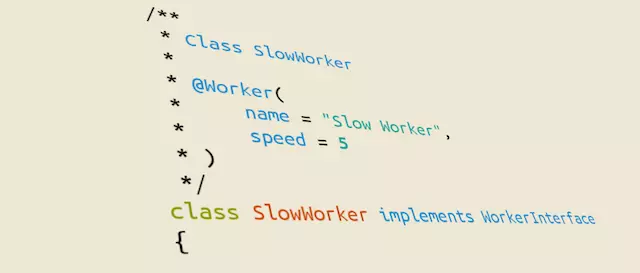
Your Own Custom Annotations - More than Just Comments!
Article Introduction:PHP Custom Annotations: Enhanced Code Flexibility and Scalability
This article discusses how to create and use custom annotations in Symfony 3 applications. Annotations are the document block metadata/configuration we see above classes, methods and properties. They are often used to declare controller routing (@Route()), Doctrine ORM mapping (@ORM()), or control Rauth and other packages. Types and methods of access. This article will explain how to customize annotations and read class or method information without loading the class.
Key points:
PHP custom annotations can be used to add metadata to your code, affecting your code behavior, making it more flexible and easier to adapt. They can be used to define routing information, specify verification rules, or configure dependency injection.
2025-02-15
comment 0
1041

















